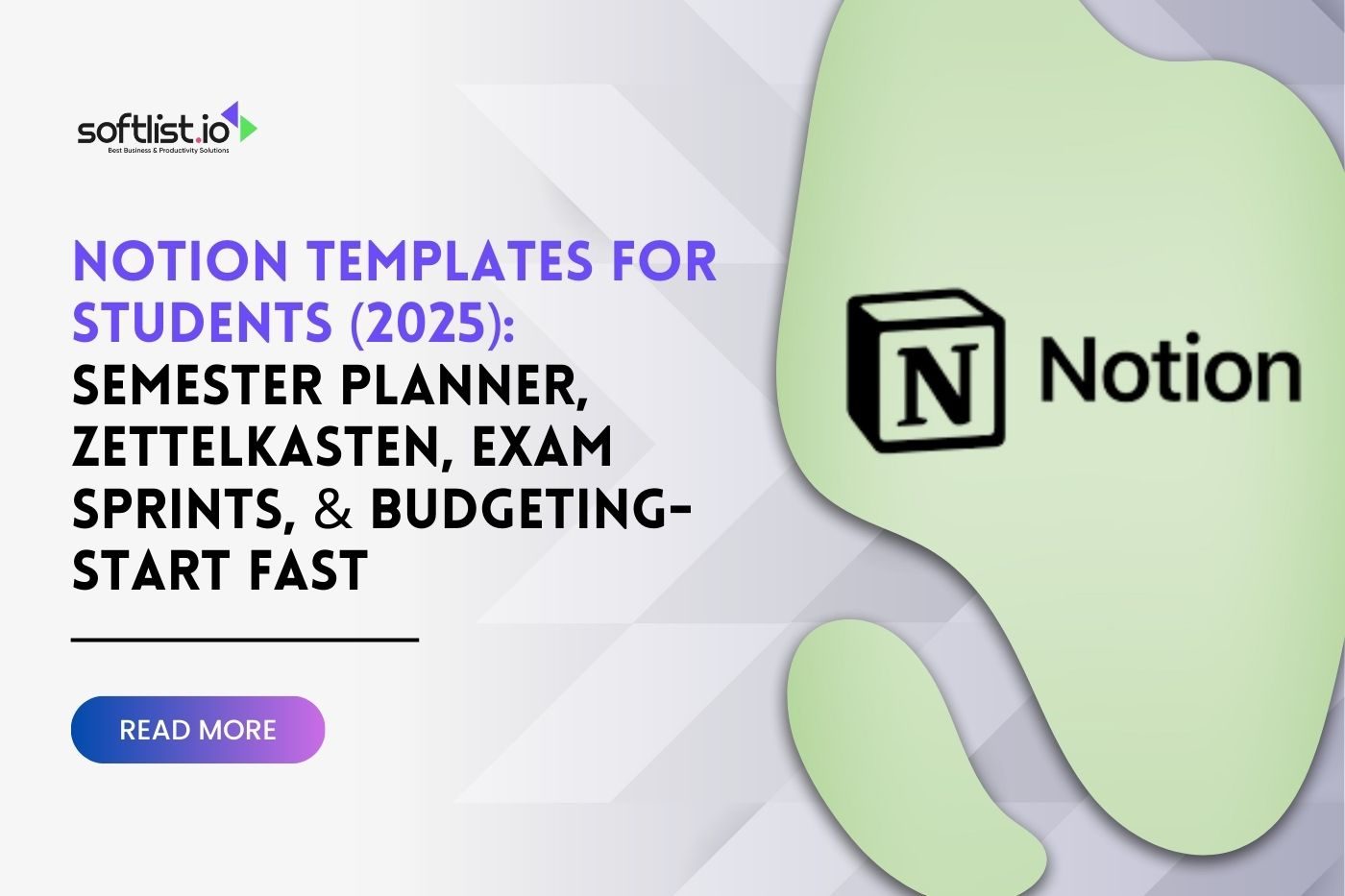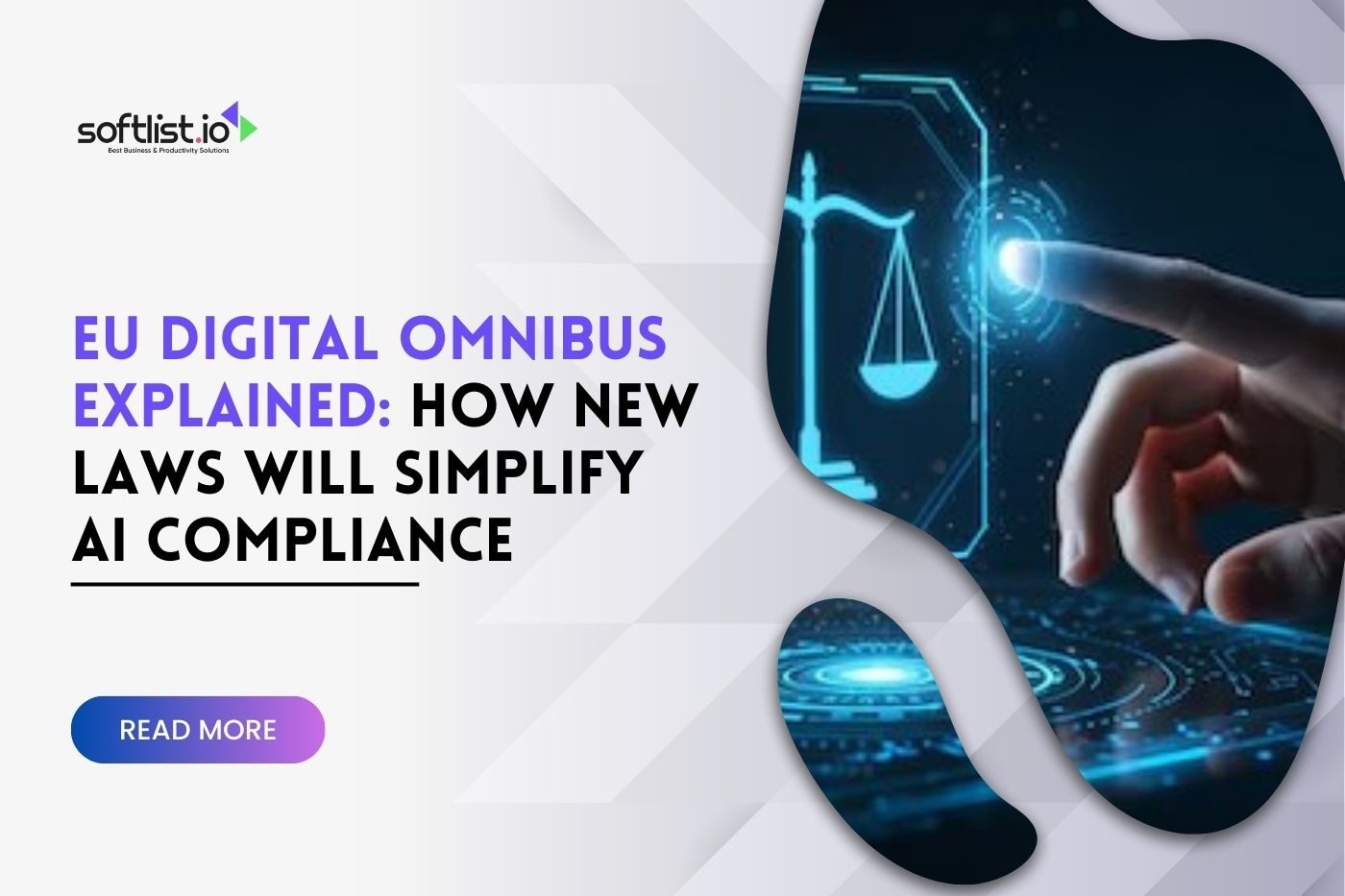If you’re like most people, you’re always looking for ways to save time and be more productive. Well, we have the perfect solution for you: audio-to-text converters! With these tools, you can convert audio and video files into a text document in just a few minutes. This can be extremely helpful when you need to take notes during a meeting or lecture, or when you want to create a transcript of a recording. In this guide, we will discuss the best automatic transcription software on the market and how it can help you save time and increase productivity!
Choosing the Right Tool to Convert Audio to Text
Audio-to-text converters have been around for a while, but they’ve only recently started to gain mainstream popularity. With the rise of audio content (podcasts, audiobooks, etc.), more and more people are looking for ways to transcribe audio to text. The good news is that there are now several different speech recognition technologies available on the market. But with so many options to choose from, how do you know which one is right for you?
What to Keep in Mind when Purchasing A Software
What audio formats do you want the text output to be in that can easily translate audio to text? Most audio-to-text converters can output text in either PDF or Word txt format. While PDFs are typically smaller in file format size and therefore easier to store and share, Word documents are more editable and allow you to make changes more easily.
How accurate do you need the audio file transcribed audio to be? Some converting audio boasts up to 99% accuracy, while others claim 80-90% accuracy it depending on audio quality. If you need a high degree of accuracy (for example, if you’re transcribing legal proceedings), then you’ll want to choose to convert audio with a high accuracy rate. However, if you just need a general idea of what was said in the audio recording, then a lower accuracy rate may be sufficient.
What’s your budget? Audio-to-text converters range in price from $30-$200. If cost is a major consideration, then you may want to opt for a less expensive option. But some offers free transcription trial. However, keep in mind that you usually get what you pay for — so cheaper audio-to-text converters may not be as accurate or feature-rich as their more expensive counterparts.
By keeping these factors in mind, you can narrow down your choices and find an audio-to-text converter that’s well-suited to your needs.
Benefits of using an audio-to-text converter
For anyone who needs to transcribe audio files, an audio-to-text converter can be an invaluable tool to convert file formats. This type of software allows you to quickly and easily convert voice notes into text files, making it much easier to create written transcripts. In addition, audio-to-text converters can be used to create text from popular audio formats for video files or to generate closed captions for audio clips. They can also be helpful for students who need to take notes from lectures or interviews. And because they are so fast and accurate, audio-to-text converters can save you a significant amount of time and effort when compared to manual transcription.
How can you easily transcribe audio to text yourself?
Although this guide will provide you with a step-by-step process of audio-to-text transcription, we also want to remind you that transcribing video files and audio files requires patience. If the process is slow at first, don’t worry – with practice, you’ll get better.
Set Up
You can make the transcription process easier by taking a few preparatory steps. First, keep your audio file and word processing software open at the same time so you don’t have to waste time switching between tabs. Second, get rid of distractions so you can concentrate on transcribing the audio to text accurately. Finally, take breaks frequently to avoid feeling overwhelmed or bogged down in one spot.
Find Your Shorthand
You’ll notice some phrases and words being repeated more frequently than others while you convert the audio recording. To save time, just record the voice and create a shorthand reference for these repeat items. This will come in handy, especially if multiple people need to use the transcription. If it’s just for yourself, then you can jot down whatever abbreviation makes sense to you since you’ll know what it means. Otherwise, include a list of abbreviations with the document or do a quick find and replace the shorthanded terms with their full version when finished converting the audio.
Write What You Hear
This is the easiest part. Simply listen to your audio file and type out what you hear.
Edit Your Text File
After you finish transcribing, go back and listen to the audio file again. This time, check for any errors you might have missed. Be careful to include any titles, references, or context you might have omitted while you were focused on typing out what was said verbatim.
Export the Correct File
The file extension you use when saving a text document is important. For example, people who want to keep the text for themselves can edit or share it later by saving it as a .doc file. However, if you plan on using audio-to-text transcription for video subtitles or any other multimedia format, first confirm what type of file is needed.
3 Best Transcription Software to Convert Audio to Text
If you’re looking for a way to make your life just a little easier, read on. This article is all about transcription software and how it can save you time and hassle to convert audio into text. Whether you need your audio files converted to text for vlogging, podcasting, education, journalism, or any other purpose, the tools mentioned here will come in handy.
Happy Scribe
Excellent for subtitles and transcribing audio to text, Happy Scribe has over 60 languages that allow you to transform your audio into text. It lets you bring all your colleagues, like editors and proofreaders, into the platform and enjoy a straightforward collaboration workflow.
Otter
Organizations such as Zoom, Dropbox, and IBM use Otter for live transcribing audio files. With this online tool, you can record directly from your phone and then transcribe the recording in real-time using a browser. Otter also provides features like notes, speaker IDs, add images, and key phrases–so you don’t need to waste time with other applications for small details.
You can set up an account and include members to collaborate in your transcribing. Additionally, you will reduce the amount of time through:
- Keywords are searched for and then jumped to them within the transcript
- Accelerate the playback and skip the silence so you can directly into the main discussion
- Instructional Otter to detect specific voices to make it easy to reference in the future.
Amberscript
With AI speech recognition, this tool can turn audio and videos into text or subtitles. You or one of their available human transcribers can make the result 100% accurate and transcribe quickly using their online text editor.
Wrap Up
If you’re looking to use the software or service to perform transcription, these options provide all the benefits of both. I’m confident that it will take lots of stress off your shoulders by automating this job, regardless of your chosen method.
Frequently Asked Questions
What are some common problems with audio-to-text converters and how can I avoid them?
Audio-to-text converters are becoming increasingly popular as people look for ways to save time and increase efficiency. However, there are a few common problems that can arise when using these tools. One issue is that the audio quality can deteriorate when it is converted to text. This can be a problem if you are trying to transcribe a recorded conversation or lecture.
What types of audio files can be converted to text?
Audio files can be converted to text using an audio-to-text converter. This type of software uses speech recognition to convert the audio file into text. The audio file can be in any format, including MP3, WAV, and AIFF.
How do audio-to-text converters work?
The speech recognition system analyzes the audio data and compares it to a database of known words and phonemes. Once the speech recognizer has identified the spoken words, it outputs the results in written form.





